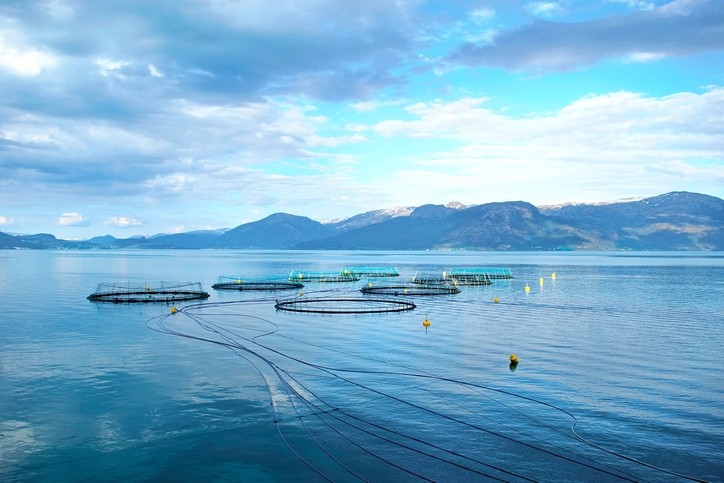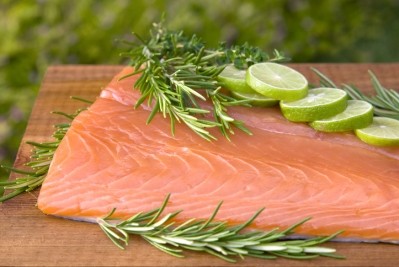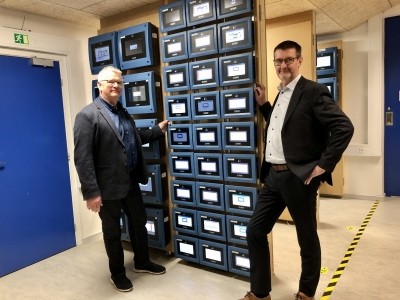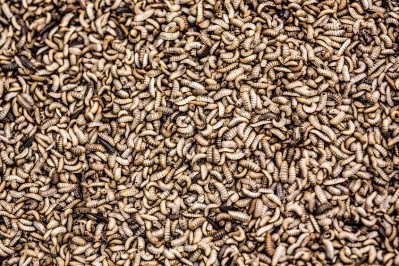Norwegian salmon: New protein source a hop, skip and jump away

Salmon Group is the world's largest network of local, family-owned fish farming and aquaculture companies, with it representing 12% of the total production volume in Norway. The total production of salmon and trout in the network is 155 000 metric tons, while smolt output is 55 million. Its members purchase around 12% of all fish feed that is sold to salmon and trout farmers in Norway.
Metapod is located in Ålesund in western Norway. Launched officially in 2018, the startup has developed technology for industrial production of crickets and grasshoppers; it is looking to leverage the aquaculture industry’s need for new protein sources.
“Large-scale grasshopper farming is new, and we have built our technology from scratch,” said founder and CEO of Metapod, Frederick Darien.
The startup said its insects are reared on leftovers from bread and brewery production that would otherwise end up as waste, and this concept contributes to the circular economy along with a reduction in carbon footprint. Its production is not only energy- and area-efficient, local production along the Norwegian coast also ensures short transport distances to the feed factories, it added.
Consisting of 11 engineers and biologists, Metapod said its goal for 2020 is to optimize and scale up production.
Carbon footprint
The mix of grasshopper flour used in the Salmon Group’s feed mix will vary according to the protein requirements of the various fish growth stages, Maria Schütz Fløisand, spokesperson, told FeedNavigator.
The cooperative works systematically on sustainability and fish welfare, and feed is an important key to success in both areas. It has been looking to reduce the carbon footprint of the fish feed it uses over the past few years, and, in that respect, it ended its sourcing of Brazilian soy last year and engaged BioMar in August 2019 to produce a bespoke environment friendly feed formulation that included an algae derived DHA ingredient.
In terms of the sustainability aspect of including insect protein in its feed mix, Fløisand said: “We have not calculated the exact effect yet, but this raw material will further lower the carbon footprint of our feed.”
Competitive pricing
She said grasshopper derived protein is competitive in price in comparison to the protein ingredients the Salmon Group uses in its feed formulations today.
In terms of salmon and trout growth performance being maintained when such a protein source is incorporated into the formulation, Fløisand acknowledges that there is limited research available on the impact on salmon’s growth performance when fed grasshopper meal.
“Research on [the use of grasshopper meal] in other fish species shows no negative impact on growth.”
Cargill was reportedly investigating the use of such novel protein sources for its fish feed formulations back in 2017.













